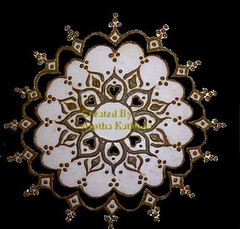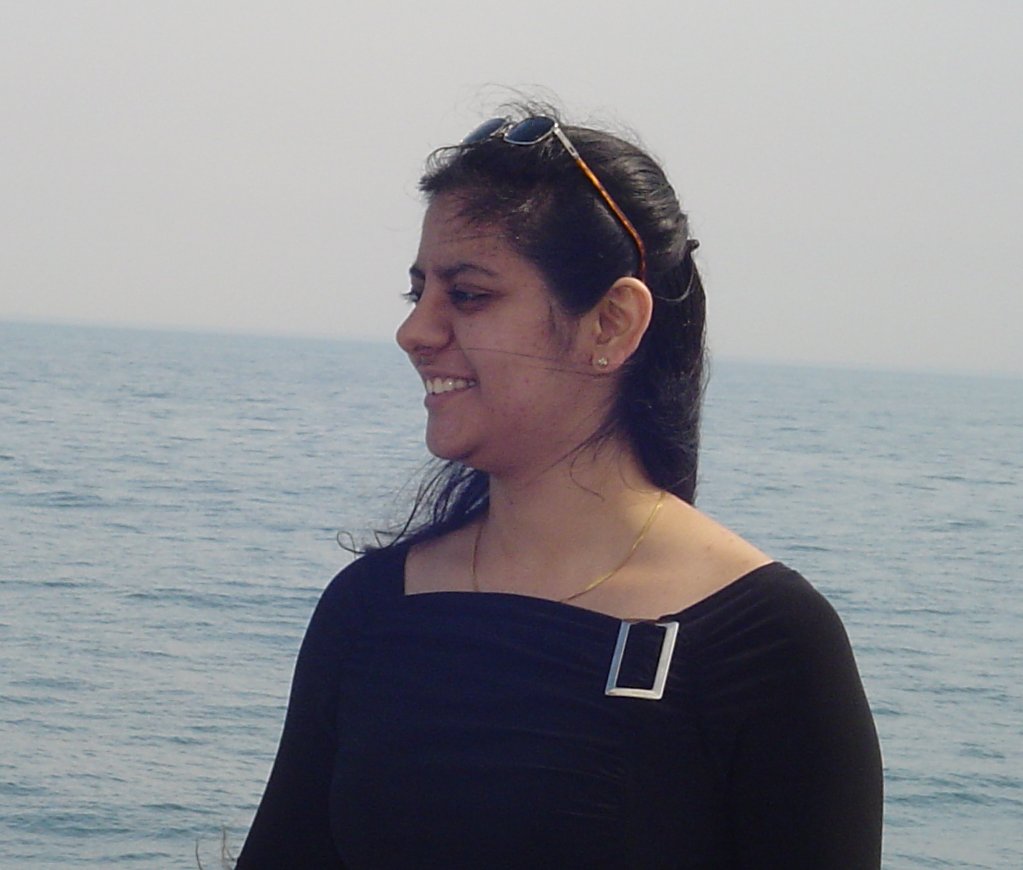Fun with Mehandi
In the last few decades, Mehandi has evolved into a must-have product. Whether you use it to
- Condition, enrich and naturally color hair
- Decorate a bride's hands and feet with intricate patterns
- As an alternative to temporary tattoos
- Or a means to beautiful body art
it is fun to use and you can get as creative with it as you like.
Once done as block-prints using heavy wooden stencils, match sticks and tooth picks to being drawn using a cone, the art of mehandi designing has come a long way. This had also resulted in the once popular big and small dots and swastikas giving way to delicate patterns and attractive designs.
Today, there are different patterns that come under four main categories which can be mixed and matched. Arabic, Marwadi, Indian and outlines are the major and well-known categories. While Arabic designs comprises of huge flowers and leaves, Marwadi designs are thin patterns where the entire hand is filled without a single gap. The basic Indian designs comprise kalash (a vase, normally depicted as being covered with mango leaves), doli (a palanquin), peacocks, kanguras (mango seeds) etc.
Mehandi tattoos, color mehandi, glitter mehandi, zardosi mehandi, mehandi adorned with Swarovski crystals are other ways of using mehandi application to adorn your body. Faces, names, sun, scorpions, dragons, abstracts and floral designs are currently the "in" patterns for tattoos. Tattoos on neck, forearms, upper arms, waist, navel, sides of the shoulders and back are very common these days. (And for all my 'XY' gene pool friends who are reading this blog, do not despair, because even though its not completely cool for you to get intricate designs on your palm, getting and flaunting a henna tattoo is "Coolness Factor Unlimited" :) ).
Labels: body art, henna, mehandi, mehendi, patterns, styles, tattoos, temporary tattoos, types
 The Art of Henna designing
The Art of Henna designing

